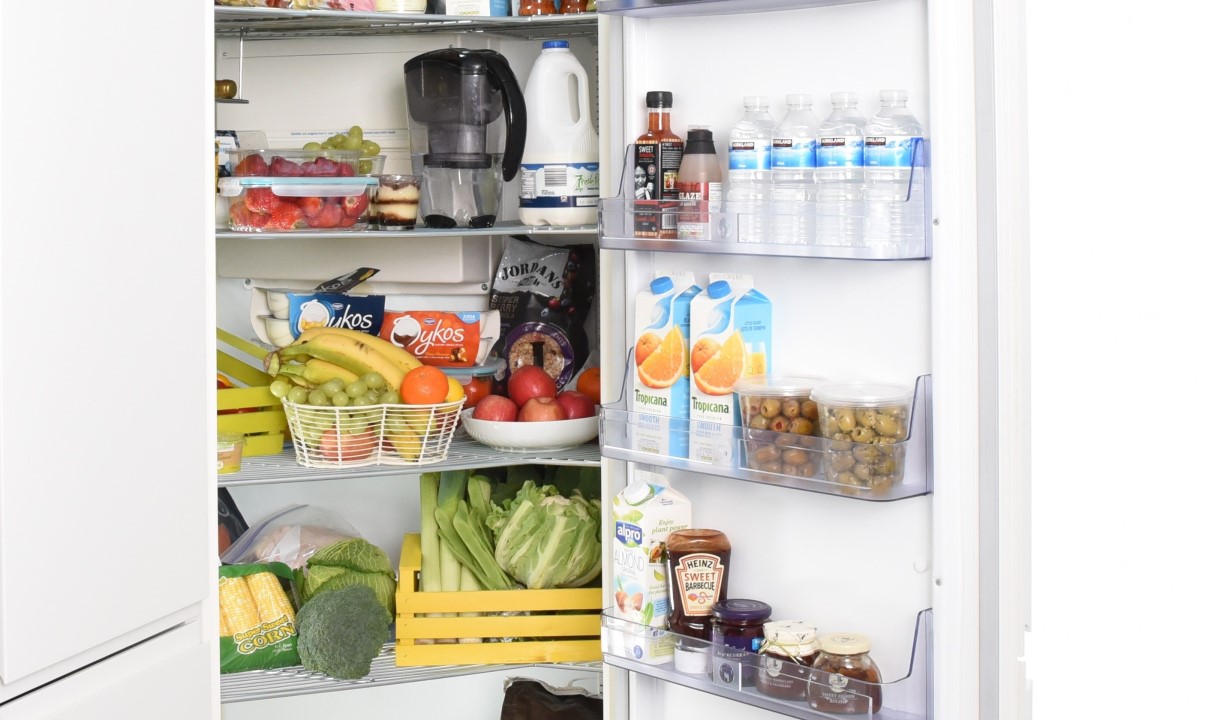Proper food preservation is crucial for safety, economy, and the environment. In fact, it holds multiple significant benefits that will not only aid in safeguarding our health but also contribute to reducing waste and promoting a more sustainable diet. That’s why in this post, we’re sharing 13 tips to make this task easier.
But first of all, it’s important to understand why it’s so relevant to consider this in every food we buy, in every recipe we follow, in every dish we prepare, and in every meal we put into our mouths:
- Food Safety: Properly storing food helps prevent the proliferation of bacteria and microorganisms that can cause foodborne illnesses. This is essential to maintain the health of people consuming those foods.
- Waste Prevention: Appropriate food preservation extends their shelf life, reducing the amount of food that goes to waste. This contributes to the reduction of food waste, a significant global issue.
- Economic Savings: By preventing premature food spoilage, not only is waste reduced, but also money is saved by not needing to purchase additional food to replace what has been lost.
- Maintaining Quality: Adequate preservation helps preserve the flavor, texture, and nutritional value of foods. Well-preserved foods are more appealing and can be used in a variety of dishes.
- Meal Planning: Food preservation allows for ingredients to be available at different times, facilitating meal planning and reducing the need for frequent shopping.
- Sustainability: By reducing food waste, pressure on natural resources such as water, land, and energy used in food production is decreased. This contributes to a more sustainable approach to eating.
- Access to Out-of-Season Foods: Proper preservation methods such as freezing and canning allow for the enjoyment of fresh produce even when they’re not in season.
Once we understand the importance of food preservation, here are the 13 kitchen tips we promised you for effectively conserving food:
Store food in airtight containers or resealable bags to keep them fresh and prevent cross-contamination.
Refrigerate perishable foods at a suitable temperature (generally below 4°C) to slow down bacterial growth. Avoid overloading the fridge to allow proper air circulation.
If you don’t plan to consume certain foods soon, freeze them to extend their shelf life. Be sure to label containers with the date for proper tracking.
Store raw foods on the lower shelves of the fridge to prevent drip contamination. Place cooked foods on upper shelves.
Wrap foods like fruits and vegetables in aluminum foil or plastic wrap before storing them in the fridge to maintain freshness.
When storing foods in resealable bags, try to remove as much air as possible before sealing to prevent oxidation and deterioration.
Use specialized containers for fruits and vegetables in the fridge. These help maintain proper humidity and prevent wilting.
Store older foods in the front and newer ones in the back to ensure they’re used in the right order and to avoid waste.
Safe Thawing: Thaw foods in the refrigerator or use the microwave’s defrost setting. Avoid thawing foods at room temperature, as this can promote bacterial growth.
Clean the fridge and pantry regularly to prevent bacteria buildup and discard expired foods.
Marinate meats and fish in the fridge rather than at room temperature to prevent bacterial growth.
Use vinegar and salt pickling to preserve and flavor vegetables, such as pickles or onions.
Repurpose leftovers in other meals to avoid food waste.
And always remember to follow food safety guidelines and expiration dates to ensure the safety of the foods you consume.



